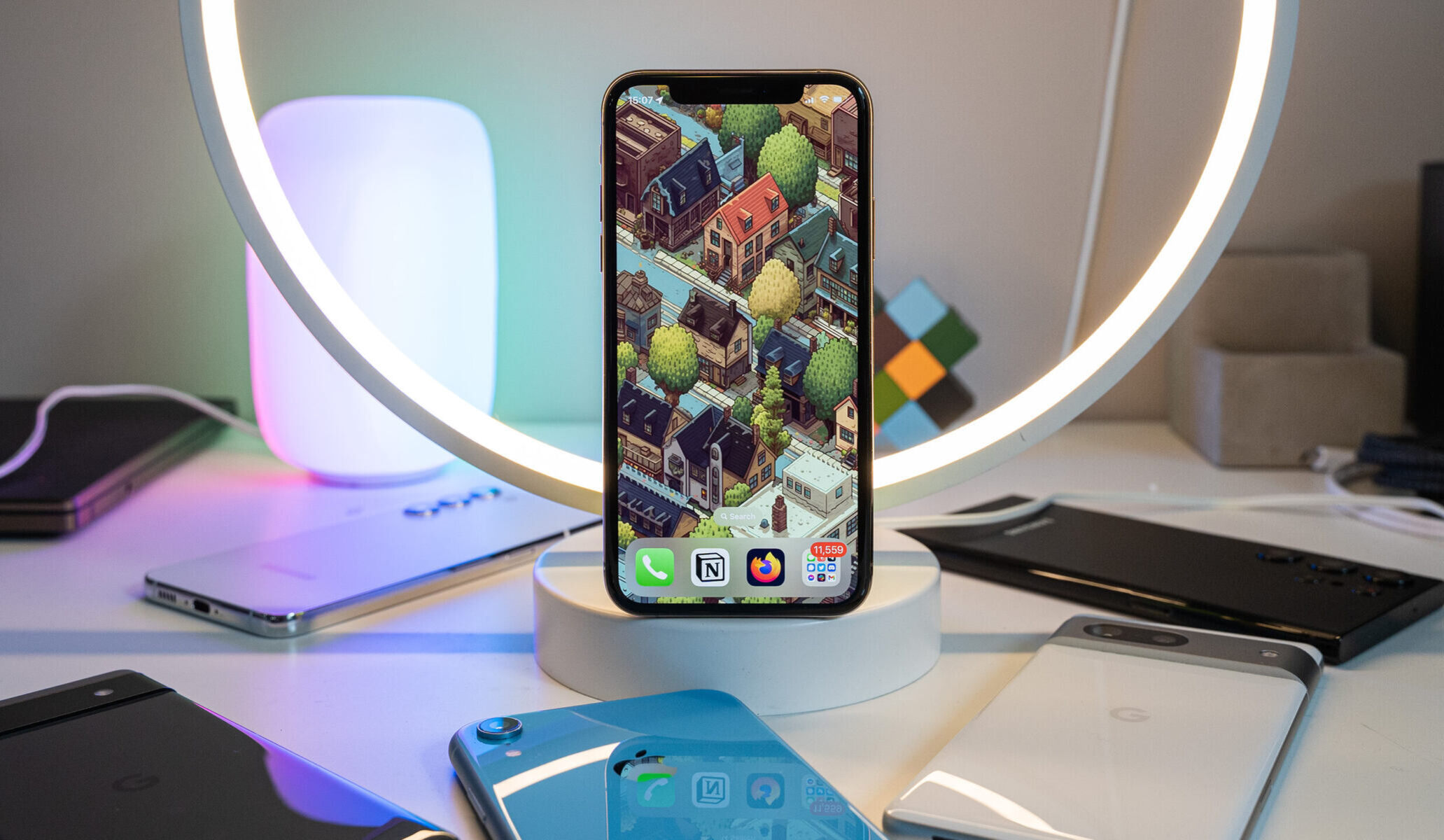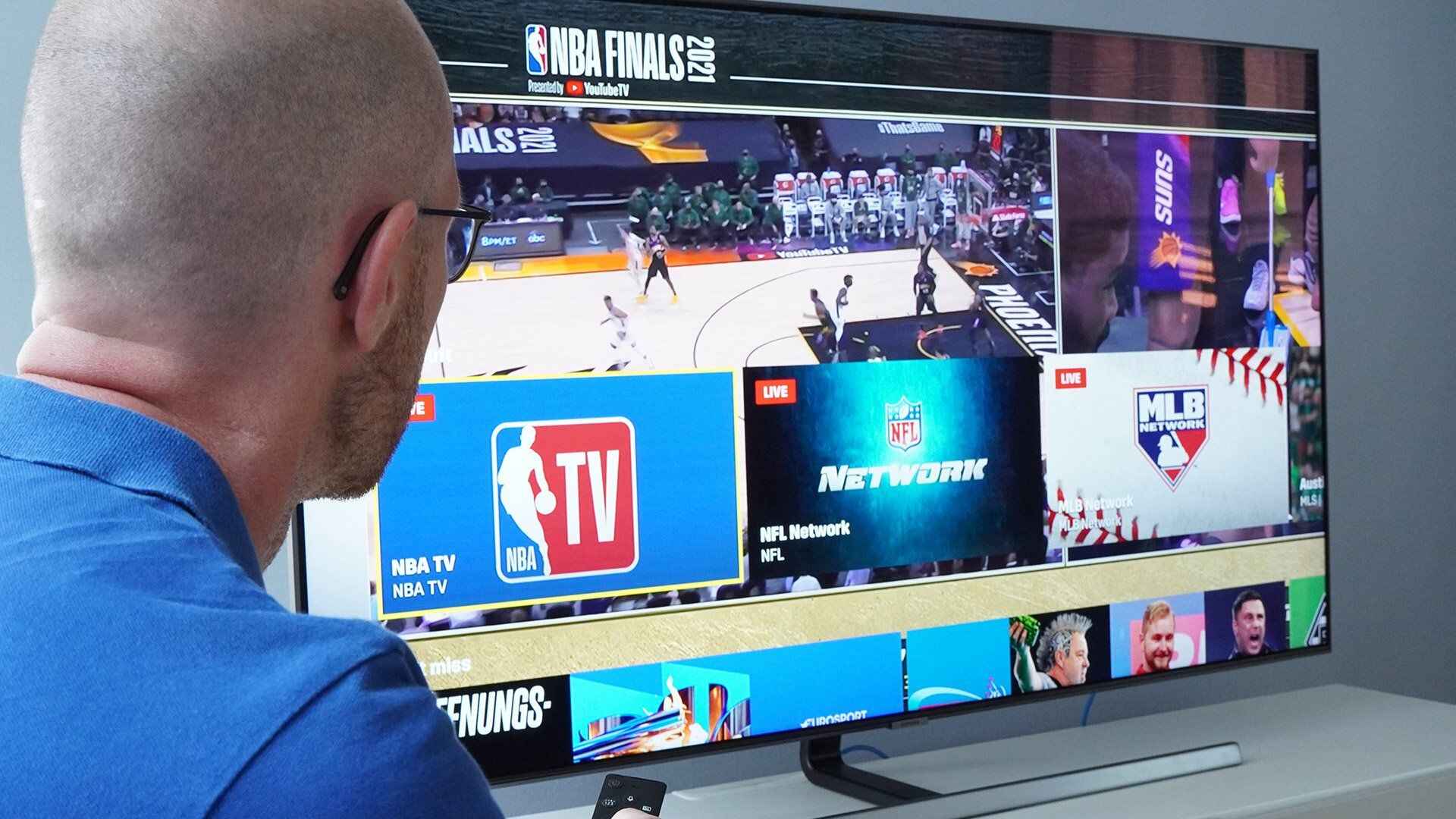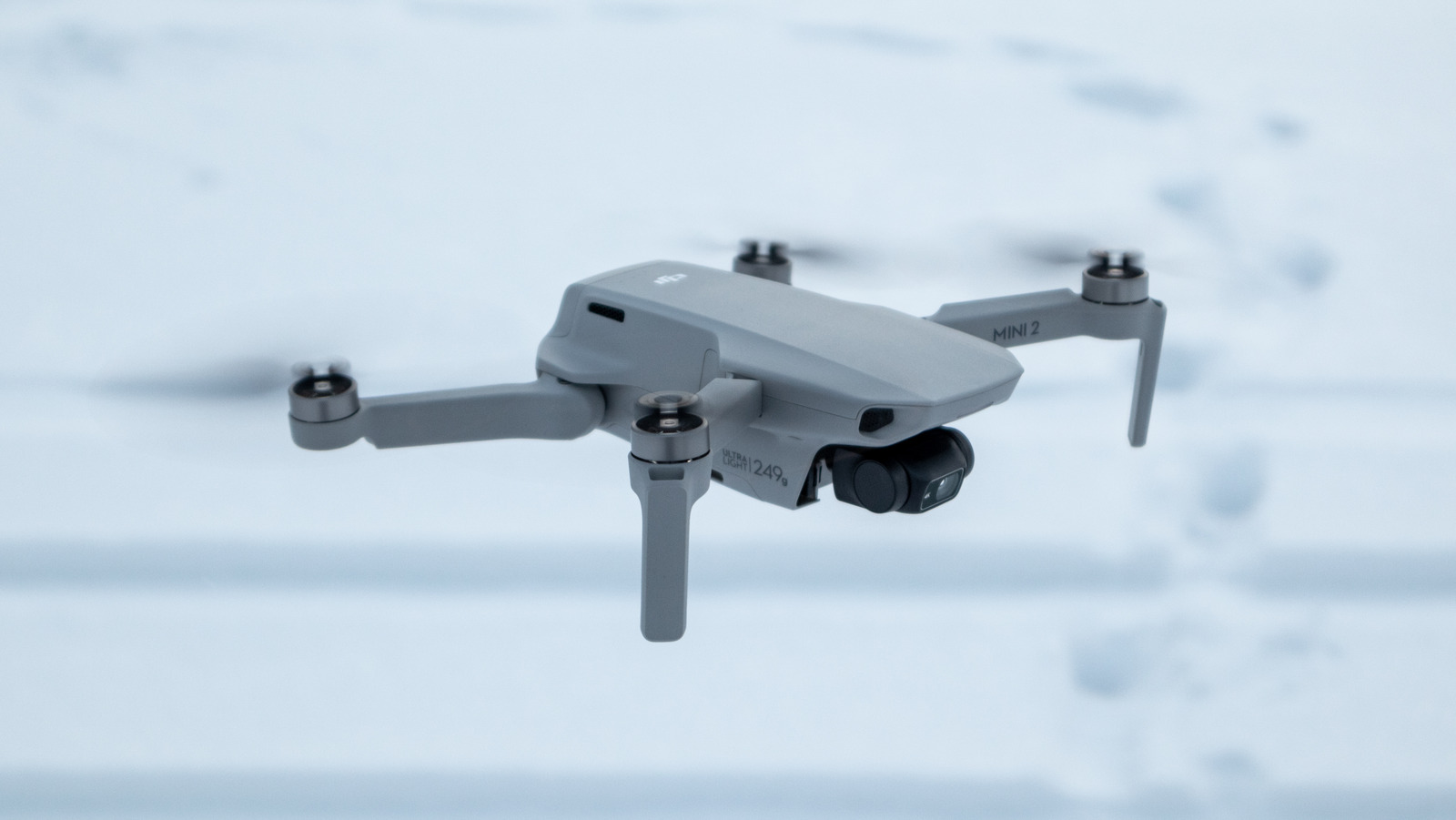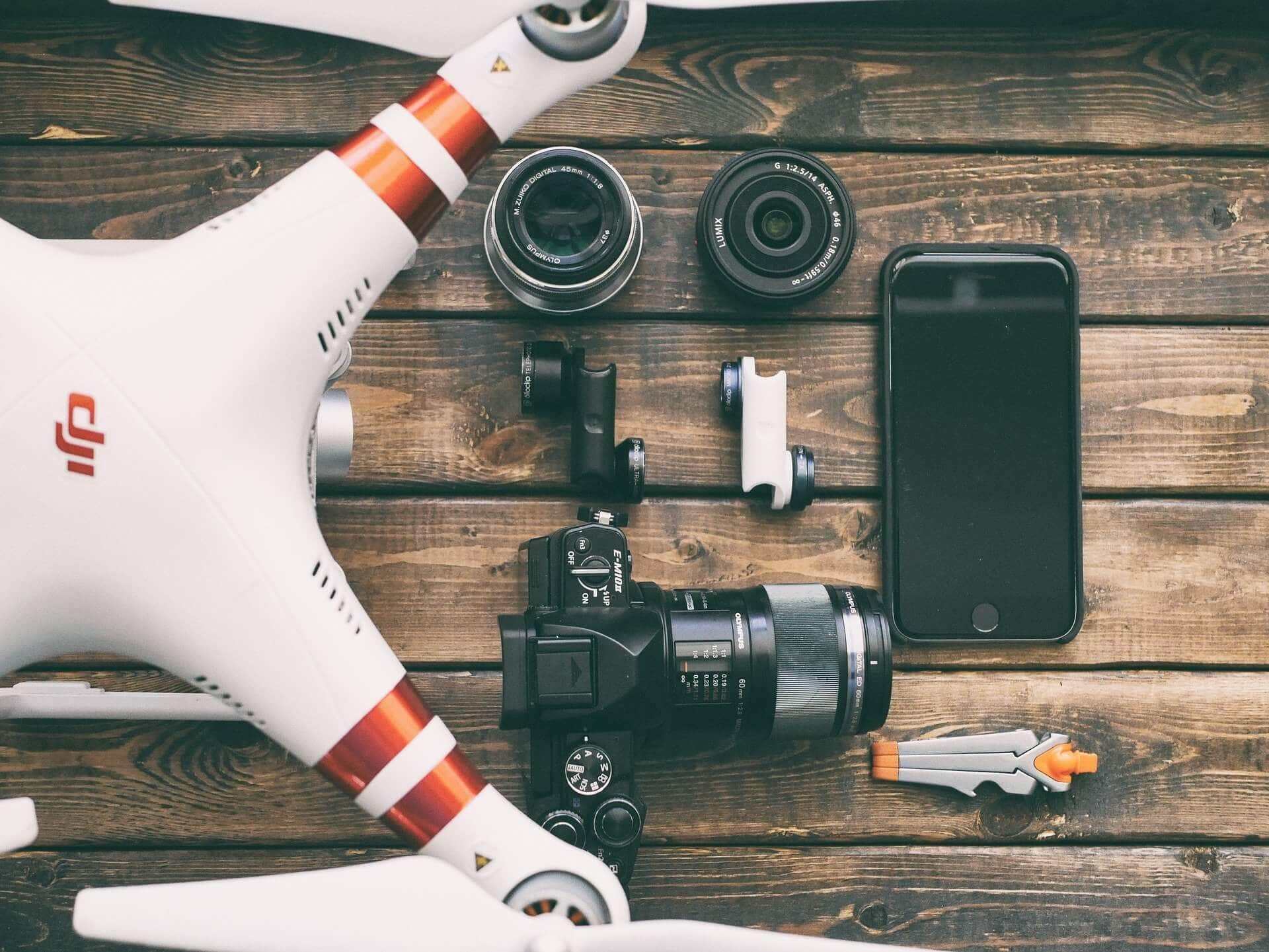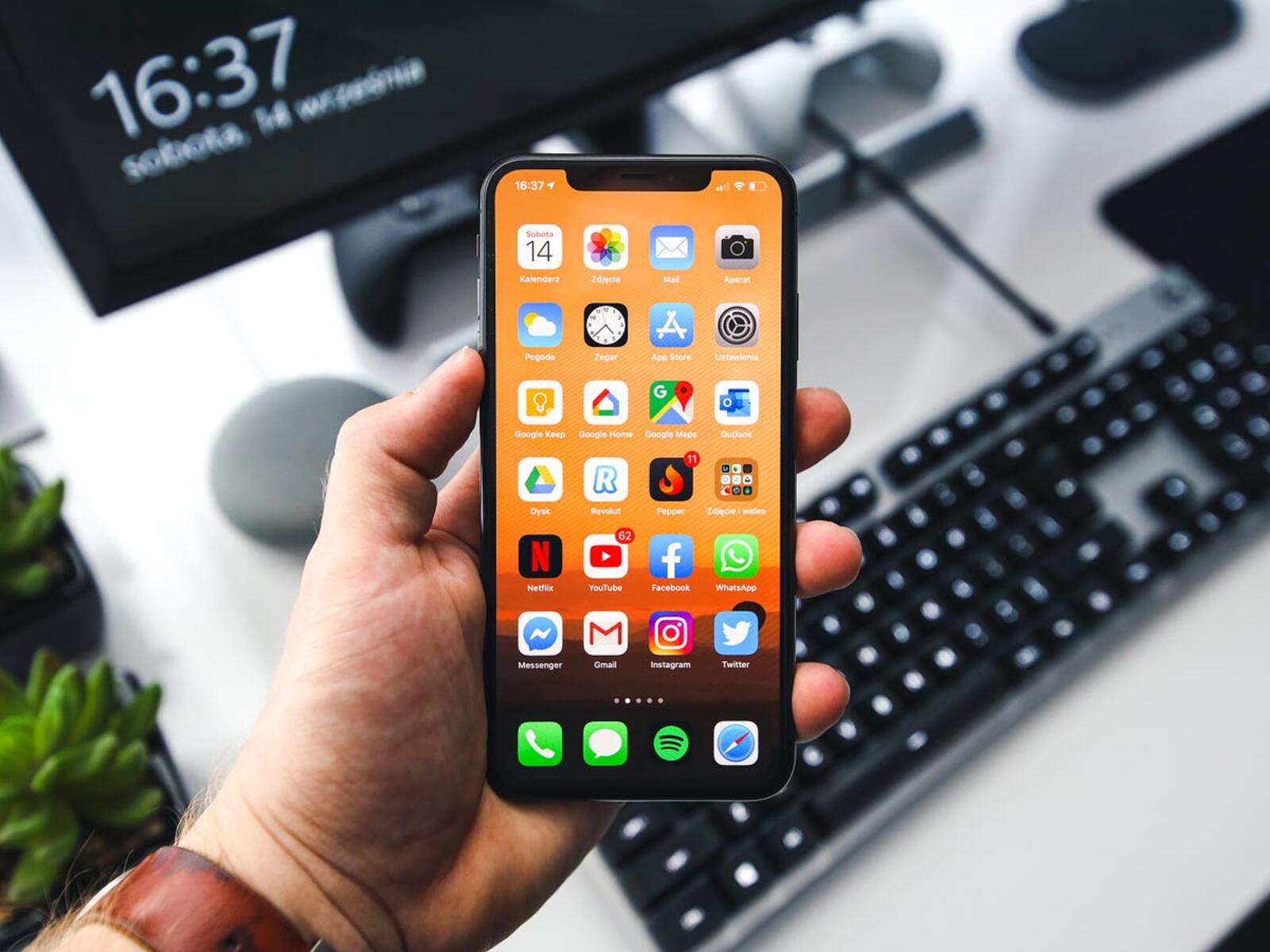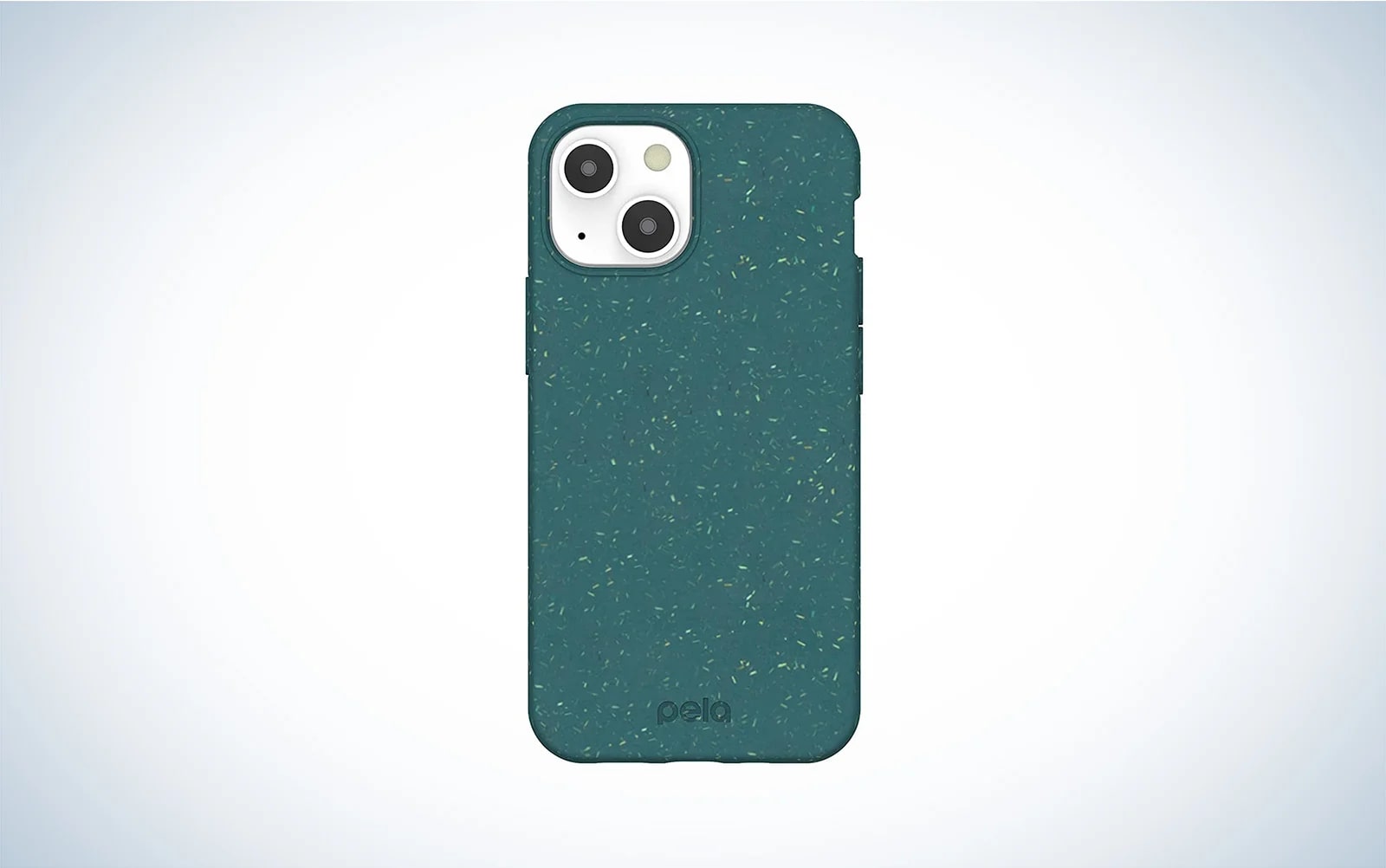Introduction
Living without a smartphone may seem like a daunting idea in today’s hyper-connected world. Our smartphones have become an integral part of our daily lives, serving as a communication tool, a source of information and entertainment, and even a personal assistant. However, there are numerous reasons why someone might choose to live without a smartphone. Whether it’s to disconnect from the constant digital noise, improve productivity, or prioritize mental well-being, going smartphone-free is a journey that requires careful planning and adjustment.
In this article, we will explore the challenges and benefits of living without a smartphone, as well as provide practical tips and alternative solutions to help you navigate this smartphone-free lifestyle. From finding alternative means of communication to managing daily tasks and responsibilities, we will cover various aspects of life without a smartphone and offer insights for smoother transition.
Living without a smartphone doesn’t mean completely cutting off from the digital world; instead, it encourages us to rethink our dependence on technology and embrace healthier alternatives. While it may seem difficult at first, the rewards can be significant, including increased mindfulness, enhanced social connections, and a better sense of overall well-being.
So, if you’ve ever contemplated the idea of living without a smartphone, or simply want to reduce your screen time and regain control over your digital life, read on. In the following sections, we will explore practical strategies and tips to help you navigate this smartphone-free journey while staying connected and engaged in the world around you.
Finding Alternative Communication Methods
While smartphones have revolutionized the way we communicate, there are still plenty of alternative methods to stay connected without relying on a smartphone. Here are a few options to consider:
- Basic Mobile Phone: Ditching the smartphone doesn’t mean getting rid of all forms of communication. You can opt for a basic mobile phone that allows you to make calls and send text messages. These phones are typically cheaper and have longer battery life, making them ideal for simple communication needs.
- Landline Phones: If you spend most of your time at home or in the office, a landline phone can be a reliable alternative. Landline phones offer clear calls and are not dependent on cellular coverage. Additionally, they can be more suitable for individuals who struggle with small touch screens or prefer the feel and ease of use of a traditional phone.
- Email and Instant Messaging: In a digital world, email and instant messaging remain popular communication methods. Email allows for more formal and detailed conversations, while instant messaging platforms offer real-time communication. Utilizing these platforms on a computer or tablet can help you stay connected without relying on a smartphone.
- Video Calls: When face-to-face interaction is essential, video calls are an excellent option. Platforms like Skype, Zoom, and FaceTime enable you to have meaningful conversations with friends, family, and colleagues, even without a smartphone. All you need is a computer, tablet, or webcam-enabled device.
- Social Media on a Computer: While social media apps are commonly accessed through smartphones, you can still stay connected through a computer or tablet. Most social media platforms have web versions that provide the same functionalities, allowing you to share updates, communicate, and engage with others without the need for a smartphone.
- Alternative Messaging Apps: If you prefer the convenience of messaging apps but want to avoid using a smartphone, various messaging apps are available for computers and tablets. Apps like WhatsApp and Telegram have desktop versions that sync with your phone contacts, allowing you to chat and share media seamlessly.
By exploring these alternative communication methods, you can stay connected and maintain meaningful relationships without relying on a smartphone. Remember, the goal is to find what works best for you and your communication needs, allowing you to adapt to a smartphone-free lifestyle more easily.
Finding Alternative Sources of Information and Entertainment
Smartphones have become our go-to device for staying informed and entertained. However, living without a smartphone doesn’t mean missing out on the latest news or enjoyable content. Here are some alternative sources to consider:
- Newspapers and Magazines: Traditional print media like newspapers and magazines offer in-depth reporting, feature articles, and opinion pieces. Subscribing to a print publication can provide a tangible and immersive reading experience that allows you to stay informed without relying on digital platforms.
- Books: Books are a great way to expand your knowledge and enter different worlds. Whether you prefer physical books or e-readers, they offer a wide range of genres and subjects for your reading pleasure. Visiting local libraries or bookstores can enhance the experience by connecting you with like-minded individuals and creating a sense of community.
- Radio and Podcasts: Tune in to radio stations or explore the vast world of podcasts for informative and entertaining content. Radio provides up-to-date news, music, and talk shows, while podcasts offer a wide array of topics and discussions to suit your interests. Both options can be enjoyed through traditional radios, smart speakers, or computer and tablet apps.
- Television and Streaming Services: Traditional television channels and online streaming services offer a wealth of TV shows, movies, documentaries, and news programs. Watching your favorite shows on a television or computer screen allows you to disconnect from the smartphone world while still enjoying quality content.
- Traditional Games and Hobbies: Engage in traditional games and hobbies that don’t require a smartphone. Board games, card games, puzzles, crafting, and sports are excellent ways to entertain yourself and spend quality time with others. These activities promote face-to-face interactions and help to foster meaningful connections.
- Art and Cultural Events: Explore local art galleries, museums, theaters, and cultural events. These venues often provide thought-provoking exhibitions, performances, and workshops that stimulate your mind and creativity. Immerse yourself in the beauty of art, music, dance, and theater in a smartphone-free environment.
By diversifying your sources of information and entertainment, you can lead a fulfilling and enriching life without relying solely on a smartphone. Embrace the opportunities offered by traditional media, hobbies, and cultural experiences to broaden your horizons and embrace a more balanced approach to staying informed and entertained.
Managing Daily Tasks and Responsibilities Without a Smartphone
A smartphone often serves as a personal assistant, helping us manage our daily tasks and responsibilities. However, it’s possible to effectively handle our obligations without relying on a smartphone. Here are some strategies to consider:
- Paper Planners and Calendars: Utilize traditional paper planners and calendars to organize your schedule, appointments, and deadlines. Write down your to-do lists, set reminders, and track your progress manually. This tactile approach can provide a sense of satisfaction and help you stay organized without the distractions of smartphone notifications.
- Alarm Clocks and Timers: Replace relying on your smartphone as an alarm clock with a dedicated alarm clock or a stand-alone timer. By keeping your smartphone out of the bedroom, you can establish healthier sleep habits and reduce the temptations of late-night scrolling.
- Notes and Sticky Pads: Instead of typing notes into smartphone apps, use traditional pen and paper or sticky pads to jot down important information, reminders, and ideas. Having physical notes can be more memorable and provide a visual reminder to keep you on track.
- Task and Project Management Tools: Explore computer-based or web-based task and project management tools. Platforms like Trello, Asana, or Microsoft To-Do can help you create and track tasks, set deadlines, and collaborate with others. These tools offer a more focused and organized approach to managing your responsibilities.
- Offline Tools and Utilities: Many digital tools and utilities have offline versions or equivalents that can be accessed through a computer or tablet. For example, offline document editors, photo editors, and file management systems allow you to handle various tasks without relying on a smartphone.
- Physical Contacts and Address Books: Maintain a physical address book or contacts list to store important phone numbers and addresses. By having them readily available in a physical format, you can quickly access the information you need without relying on smartphone contact apps.
By adopting these strategies, you can effectively manage your daily tasks and responsibilities without the constant presence and distractions of a smartphone. Embrace the simplicity of offline tools and the intentionality of physical planning to create a more focused and productive approach to your daily life.
Overcoming the Fear of Missing Out (FOMO)
One of the biggest challenges of living without a smartphone is overcoming the fear of missing out, commonly known as FOMO. With smartphones providing constant access to social media, news, and updates, it’s natural to worry about being disconnected from the digital world. However, there are strategies to overcome this fear and embrace the benefits of a smartphone-free lifestyle:
- Focus on the Present: Shift your mindset from constantly seeking external validation and updates to being fully present in the moment. Engage in activities that bring you joy, spend quality time with loved ones, and immerse yourself in the things that truly matter to you. By cultivating a sense of fulfillment and contentment within yourself, you can reduce the fear of missing out on digital updates.
- Practice Mindfulness: Engage in mindfulness practices to cultivate awareness and acceptance of the present moment. Mindfulness helps you become more attuned to your thoughts and emotions, allowing you to better understand and manage FOMO triggers. By staying grounded and focusing on the here and now, you can reduce the anxiety associated with the fear of missing out.
- Curate Your Digital Intake: Be intentional about the digital content you consume. Instead of mindlessly scrolling through social media feeds, selectively follow accounts and platforms that align with your values, interests, and goals. This way, you can curate a content feed that brings you meaningful and relevant updates, reducing the fear of missing out on irrelevant or unnecessary information.
- Cultivate Offline Connections: Nurture and strengthen your offline relationships. Focus on building deeper connections with friends, family, and your community. Engage in face-to-face conversations, meaningful interactions, and shared experiences. By investing in real-world connections, you will realize that the richness of offline interactions far surpasses the superficiality of digital updates.
- Embrace the Joy of JOMO: Shift your perspective from FOMO (Fear of Missing Out) to JOMO (Joy of Missing Out). Recognize that by disconnecting from the constant digital noise, you gain the freedom to focus on your own priorities, passions, and personal growth. Embrace the joy of missing out on trivial updates and embrace a more purposeful and fulfilling life offline.
Overcoming the fear of missing out is a gradual process that requires self-reflection, awareness, and intentional choices. By implementing these strategies and shifting your mindset, you can break free from the grip of FOMO and embrace the advantages of living a smartphone-free life.
Creating Healthier Boundaries and Reducing Screen Time
Living without a smartphone provides an opportunity to create healthier boundaries and reduce screen time. Here are some strategies to help you achieve a more balanced relationship with technology:
- Set Clear Boundaries: Establish specific boundaries for your smartphone usage. Define designated times for checking emails, social media, and other digital activities. By setting limits, you can regain control over your time and reduce mindless scrolling.
- Practice Digital Detox: Set aside regular periods of designated “digital detox” time. Completely disconnect from electronic devices during these periods, allowing yourself to recharge, focus on other activities, and be fully present in the moment.
- Designate Phone-Free Spaces: Create specific areas or situations where smartphones are not allowed. For example, designate meal times, bedrooms, or social gatherings as phone-free zones to foster more meaningful connections and reduce distractions.
- Use Digital Well-being Tools: Many smartphones and operating systems offer built-in digital well-being tools that enable you to set time limits for specific apps or track your screen time. Utilize these tools to monitor your digital habits and make conscious choices to reduce excessive screen time.
- Engage in Offline Activities: Make a conscious effort to engage in offline activities that bring you joy and fulfillment. Pursue hobbies, exercise, spend time in nature, or engage in social interactions without the presence of a smartphone. By immersing yourself in the present moment, you can reduce the temptation to constantly be connected.
- Use Alternative Devices: If completely eliminating a smartphone is not feasible, consider using alternative devices to fulfill essential tasks. For example, use a computer or tablet for internet browsing, email, and other necessary online activities, while keeping a basic mobile phone for communication purposes only.
- Practice Mindful Technology Usage: Develop mindful habits when using technology. Before reaching for your device, pause and ask yourself if it is necessary or if there are alternative solutions. Consider whether the activity aligns with your values and contributes positively to your well-being.
By implementing these strategies, you can create healthier boundaries with technology and reduce screen time. Remember, the goal is not to completely eliminate technology from your life, but rather to develop a more intentional and balanced relationship with it.
Maintaining Digital Detox and Self-Care Practices
Living without a smartphone provides an opportunity to prioritize self-care and establish regular digital detox practices. Here are some strategies to help you maintain a healthy balance between your digital life and self-care:
- Schedule Regular Detox Periods: Plan regular digital detox periods where you intentionally disconnect from electronic devices. Use this time to engage in self-care activities such as meditation, journaling, reading, or pursuing hobbies that bring you joy and relaxation.
- Practice Mindful Awareness: Cultivate mindfulness in your digital interactions. Before engaging in online activities, check-in with yourself and assess how it aligns with your well-being. Be aware of any negative emotions or triggers and make conscious choices to prioritize self-care over mindless scrolling.
- Engage in Physical Activities: Dedicate time to physical activities that promote well-being. Exercise, yoga, and outdoor activities provide an opportunity to disconnect from the digital world, reduce stress, and improve overall health and vitality.
- Establish a Sleep Routine: Prioritize quality sleep by establishing a consistent sleep routine. Create a technology-free zone in your bedroom and avoid using electronic devices before bed. Instead, engage in relaxing activities like reading a book, taking a warm bath, or practicing calming rituals to promote restful sleep.
- Connect with Nature: Spend time connecting with nature to rejuvenate your mind and nurture your soul. Engaging in activities such as hiking, gardening, or simply taking a walk in the park can provide a sense of peace, reduce stress, and promote overall well-being.
- Cultivate Mindful Eating Habits: Practice mindful eating by focusing on nourishing your body and being present in the moment while enjoying your meals. Avoid engaging in digital distractions during meal times, allowing you to fully savor the experience and listen to your body’s hunger and fullness cues.
- Engage in Creative Outlets: Explore your creative side through artistic pursuits such as painting, writing, or playing a musical instrument. Creating something with your hands allows you to immerse yourself in the present moment, express your emotions, and find joy in the process.
By incorporating these self-care practices and maintaining regular digital detox periods, you can nurture your overall well-being and cultivate a healthier relationship with technology. Remember to prioritize self-care and make conscious choices that support your mental, emotional, and physical health.
Conclusion
Living without a smartphone may seem like a daunting prospect in a world that’s heavily reliant on technology. However, it’s important to recognize the numerous benefits and possibilities that come with disconnecting from constant digital connectivity. By finding alternative communication methods, exploring traditional sources of information and entertainment, and effectively managing daily tasks, you can navigate through a smartphone-free lifestyle with ease.
Overcoming the fear of missing out (FOMO) requires a shift in mindset and a focus on being present in the moment. By curating your digital intake, cultivating offline connections, and embracing the joy of missing out (JOMO), you can find fulfillment and meaningful experiences outside of the smartphone bubble.
Creating healthier boundaries and reducing screen time allows you to regain control over your relationship with technology. By setting clear boundaries, practicing digital detox, and engaging in offline activities, you can create a more balanced and intentional approach to your digital life.
Maintaining a digital detox and prioritizing self-care is essential for overall well-being. By scheduling regular detox periods, practicing mindful awareness, engaging in physical activities, and embracing creative outlets, you can nourish your mind, body, and soul.
Living without a smartphone is a personal choice that requires adaptation and adjustment. It’s an opportunity to rediscover the joys of face-to-face interactions, engage in offline experiences, and prioritize what truly matters in life. By embracing alternative ways of communication, seeking out traditional sources of information and entertainment, and taking care of your well-being, you can thrive in a smartphone-free lifestyle and find a deeper connection with yourself and the world around you.









